Angle 9 Click
R315.00 ex. VAT
Angle 9 Click is a compact add-on board that detects the absolute position of a permanent magnet. This board features the AAS33001, a precision angle sensor with incremental and motor commutation outputs and on-chip linearization from Allegro Microsystems. It is a contactless angle sensor for 0° to 360° angular position, rotation speed, and directional measurement. Support for incremental output interface (ABI) and motor commutation (UVW) is also available. The same goes for the on-chip EEPROM for storing factory and customer calibration parameters. This Click board™ makes the perfect solution for the development of contactless potentiometers, contactless knobs, RC servos, and other angular position measurement solutions.
Angle 9 Click is fully compatible with the mikroBUS™ socket and can be used on any host system supporting the mikroBUS™ standard. It comes with the mikroSDK open-source libraries, offering unparalleled flexibility for evaluation and customization. What sets this Click board™ apart is the groundbreaking ClickID feature, enabling your host system to seamlessly and automatically detect and identify this add-on board.
NOTE: Rotary Magnetic Holder does not come in the same package as this Click board™, but you can find it in our shop.
Stock: Lead-time applicable.
| 5+ | R299.25 |
| 10+ | R283.50 |
| 15+ | R267.75 |
| 20+ | R257.67 |

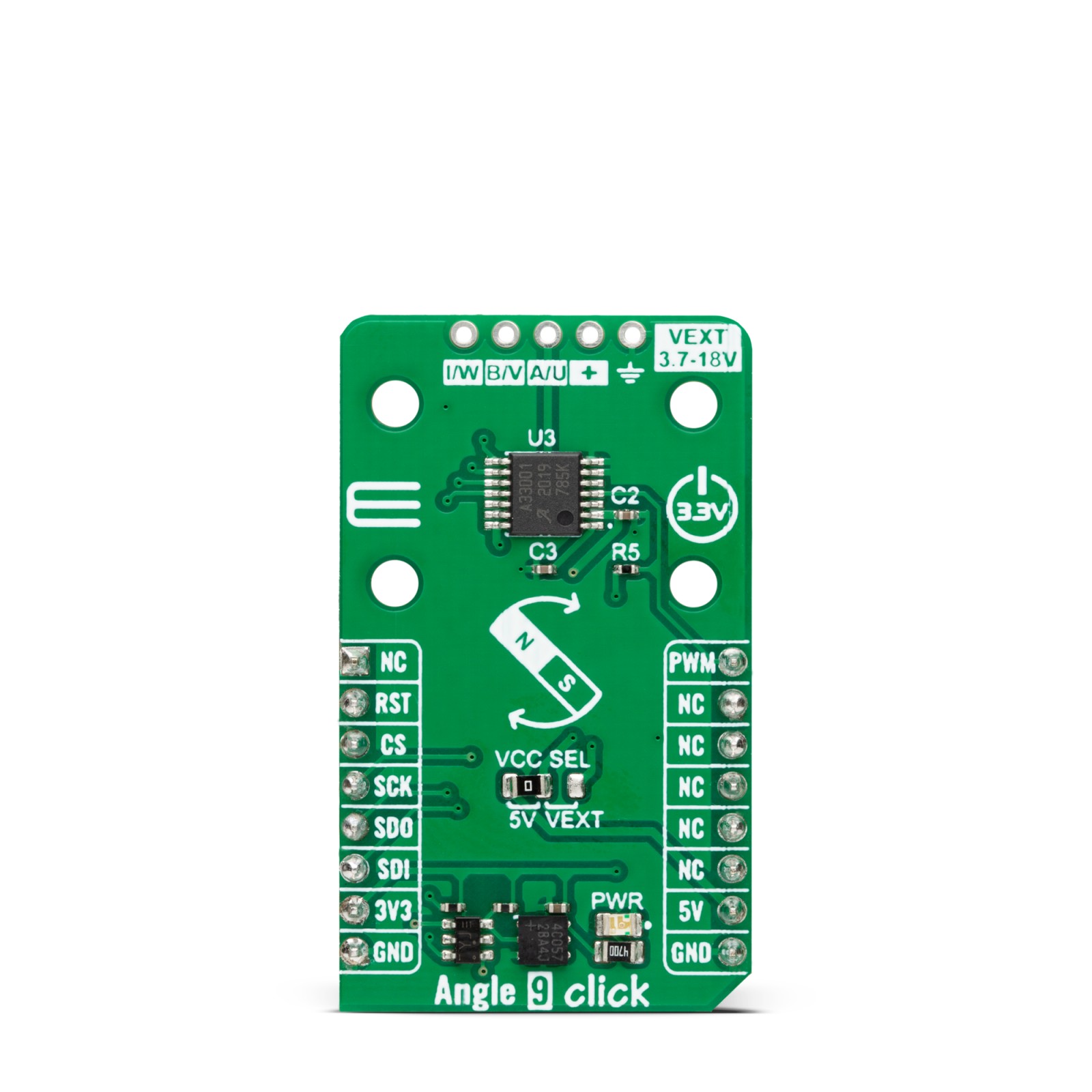
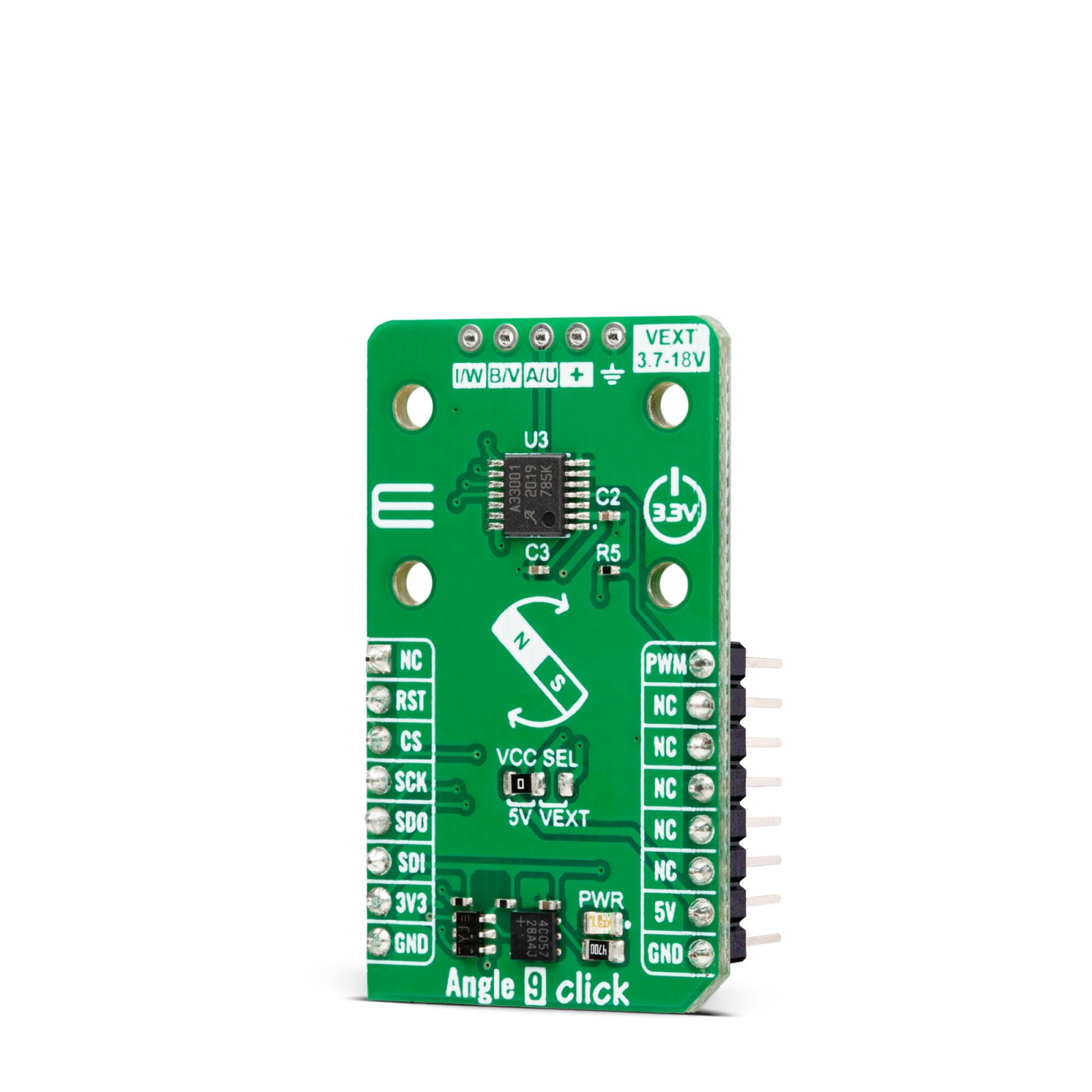

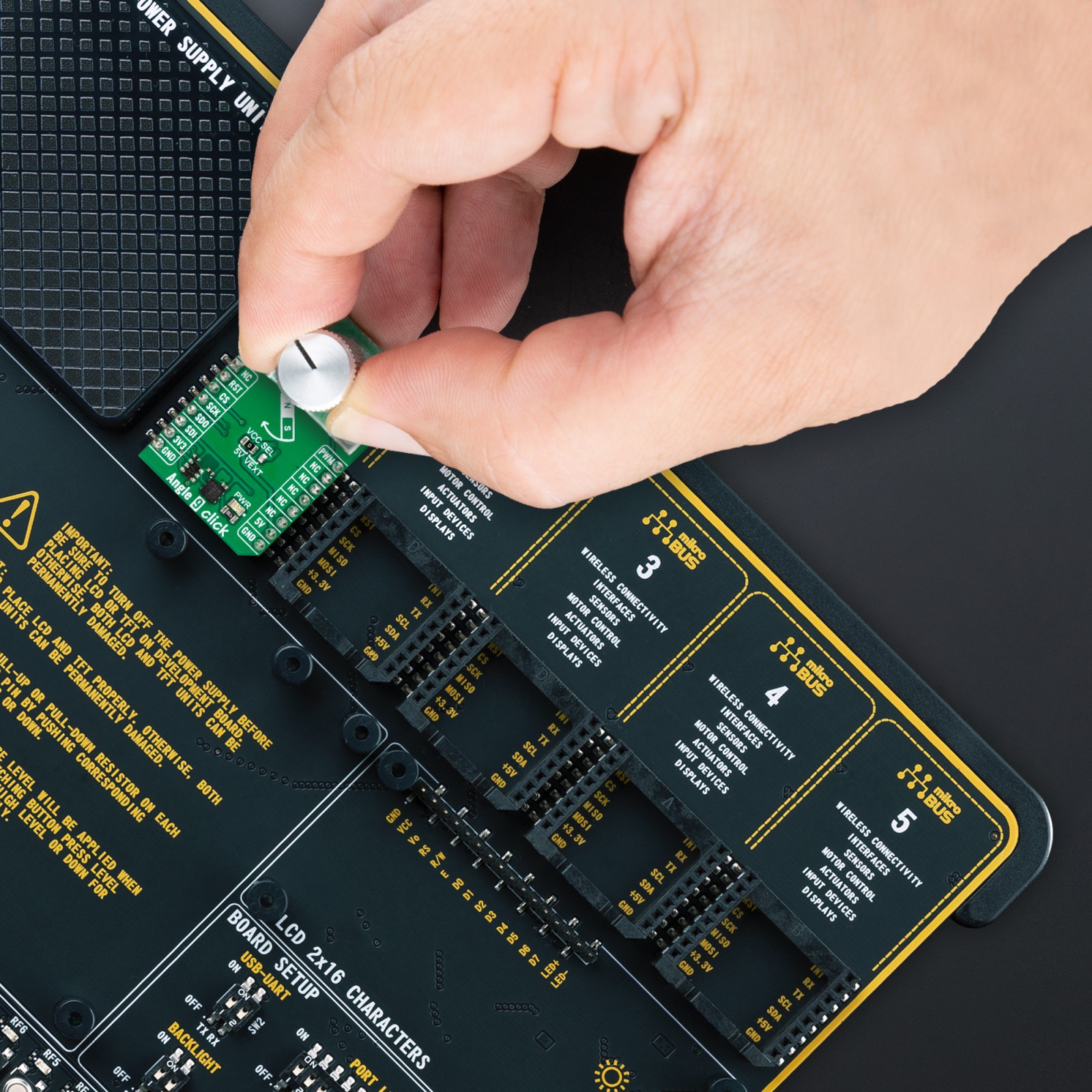
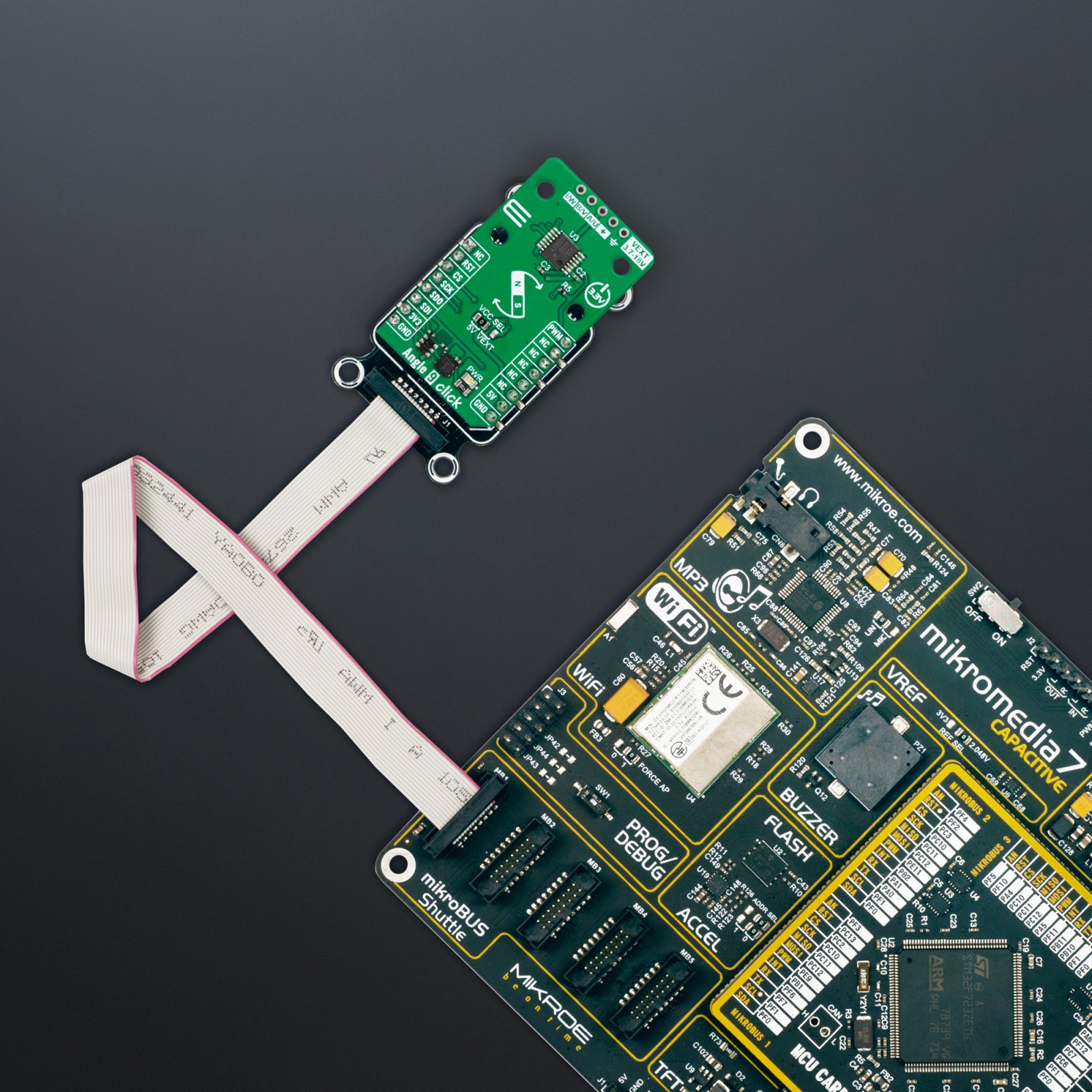
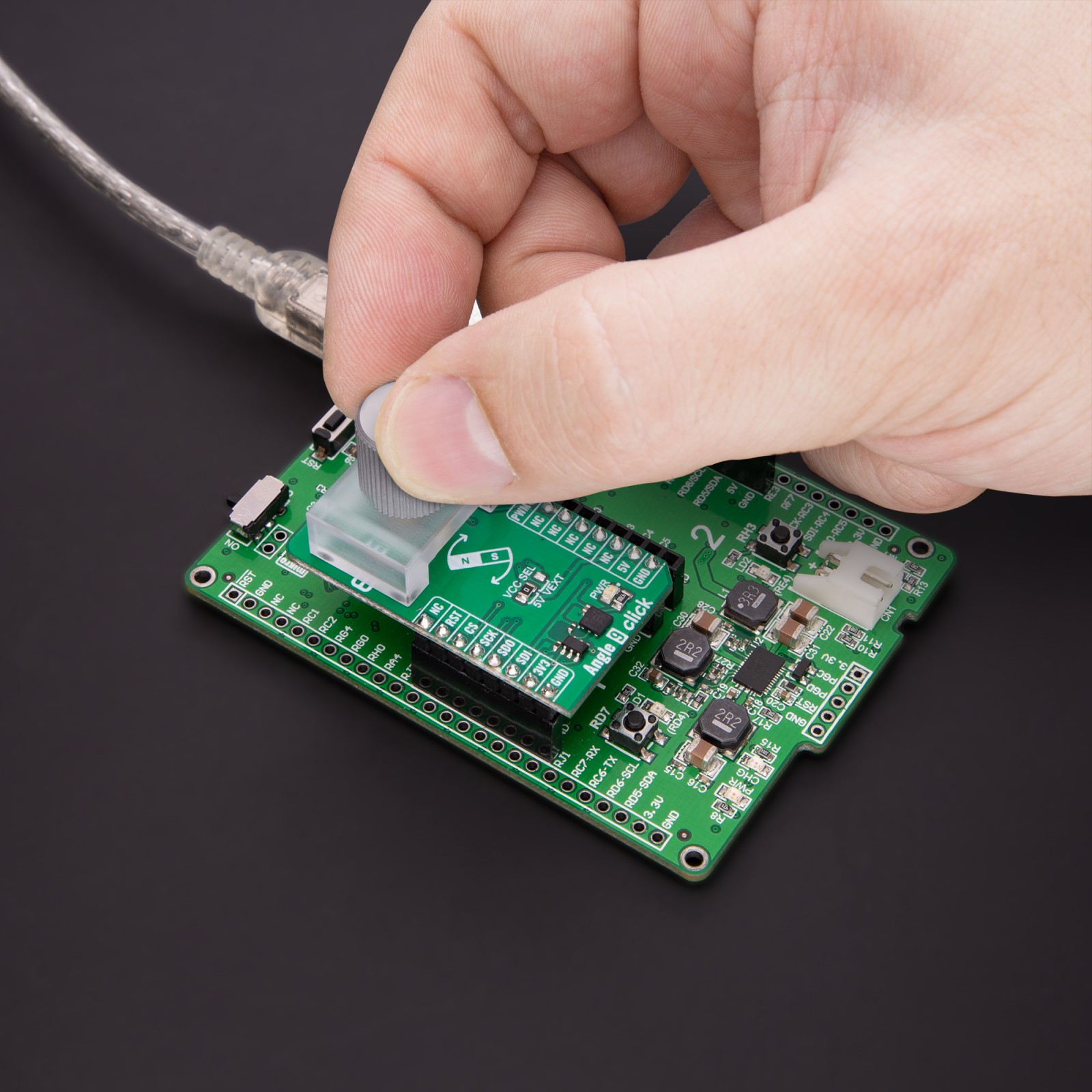
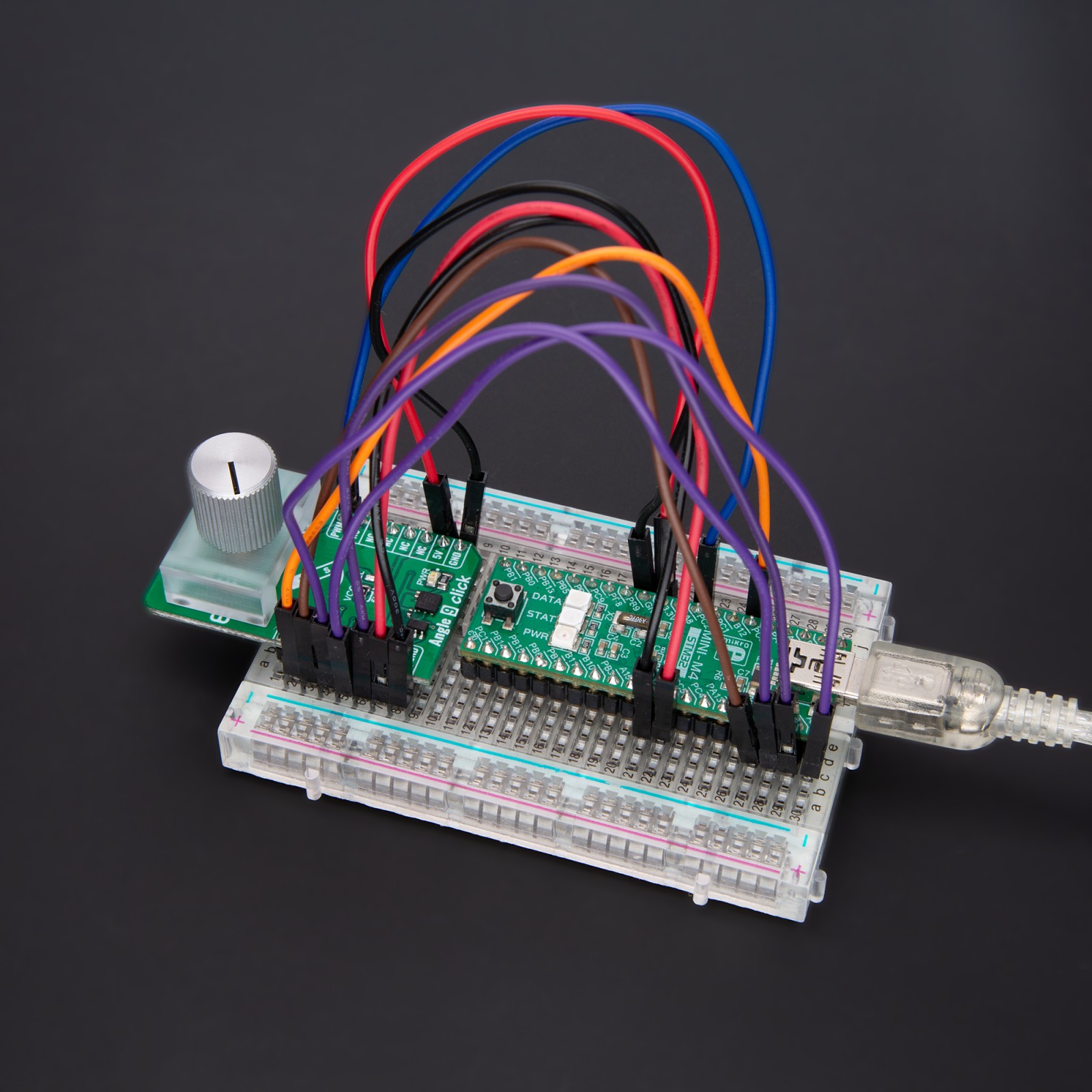


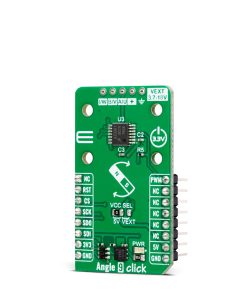
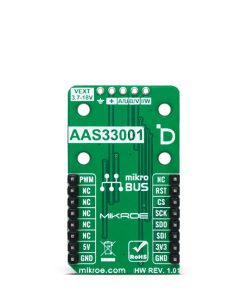

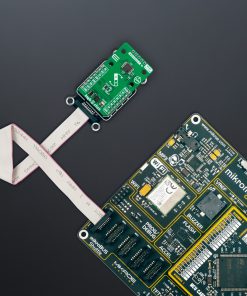
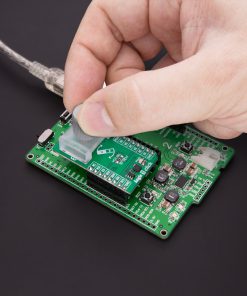
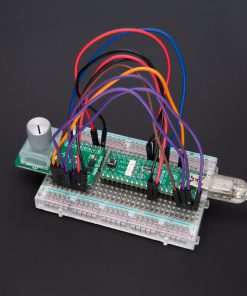
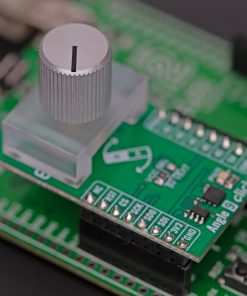
.jpg)








